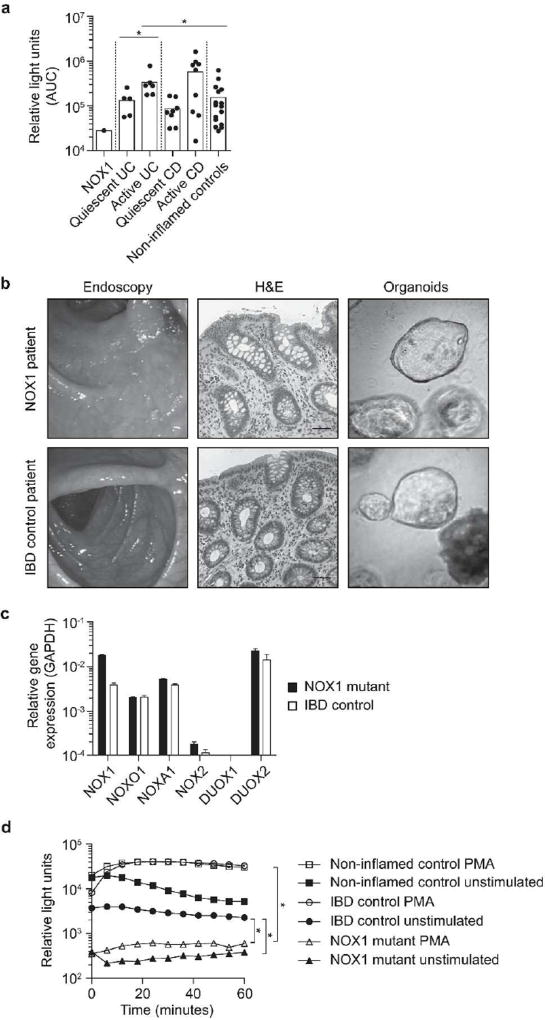Figure 2. NOX1 p.N122H diminishes epithelial ROS in primary organoids.
(a) Superoxide generation of colonic epithelial biopsies measured over 60 minutes by L-012-enhanced chemiluminescence and total light emission quantified by area under the curve (AUC). Results are derived from 17 patients with colonic Crohn’s disease (active disease n = 10), 11 patients with ulcerative colitis (active disease n = 6), 16 non-inflamed controls and the patient with NOX1 p.N122H mutation. One symbol represents the mean of 1–3 pan-colonic biopsy specimens (both right and left sided) per patient. Active versus quiescent disease dichotomised according to composite assessment including endoscopic appearance (mucosal ulceration, loss of vascular pattern, bleeding), biomarkers (CRP), and histology (density of inflammatory infiltrate, cryptitis, crypt abscesses). Statistical significance was determined by Mann-Whitney U test. (b) Organoids from patient with NOX1 mutation and IBD control patient were generated from colonic biopsies obtained during quiescent disease state. Representative images of endoscopy, histology (H&E staining, scale bar 50 µm), and organoids are displayed. (c) Analysis of NADPH oxidases and certain subunits by quantitative PCR in NOX1 patient and IBD control organoids. (d) Kinetic assay of PMA-activated L-012-enhanced chemiluminescence on NOX1 mutant, IBD control and non-inflamed control organoid cells. Relative light units (RLU) were measured over 60 minutes. Results are representative of 2 independent experiments measured in replicates. Statistical significance was determined by Wilcoxon signed-rank test comparing the AUC.

